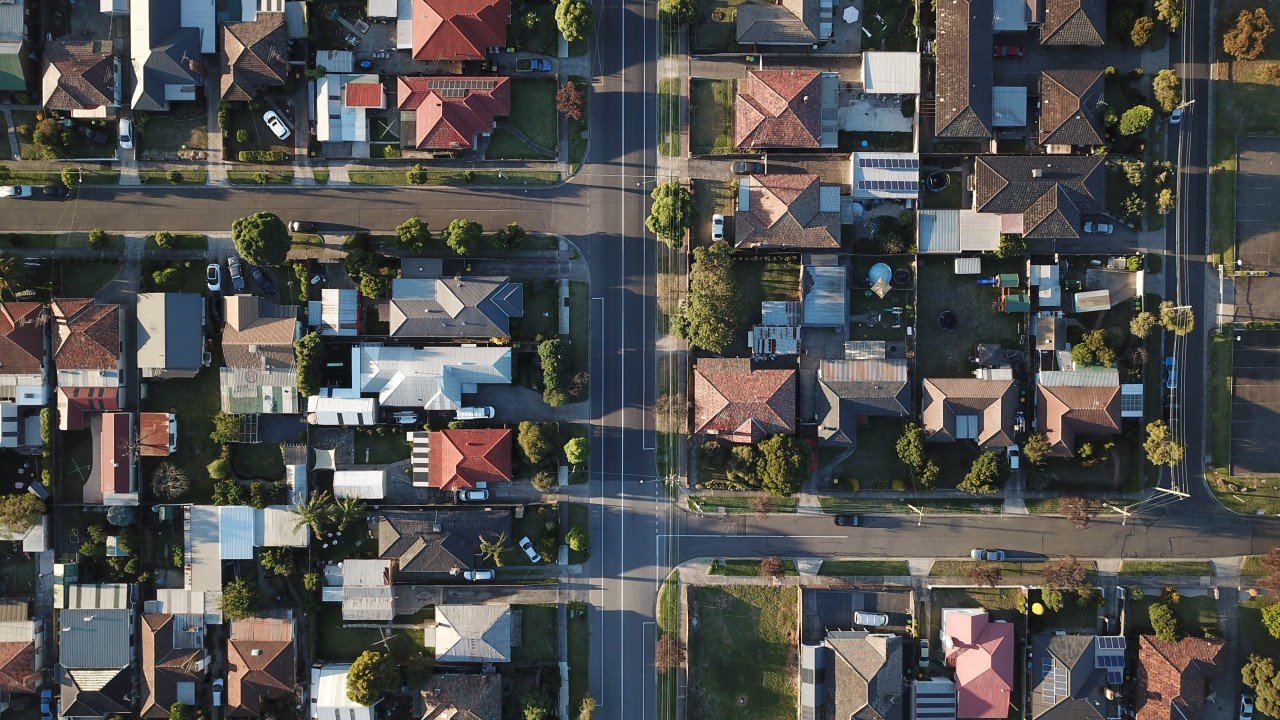
January 22nd, 2020 — As the grid becomes increasingly digitized and reliant on variable distributed energy resources, the electric power industry has increasingly turned to demand response (DR) to balance the grid and reduce energy consumption at peak times. SEPA’s 2019 Demand Response Market Snapshot showed an enrolled DR capacity of 20.8 GW, and projected demand response to deliver up to $15B per year in savings by 2030.
Demand response serves as a dynamic and flexible method of bidding capacity directly against generation. However, DR markets are often limited to the largest and most sophisticated players as a result of complex regulation and high minimum load requirements. Additionally, high coordination costs cause system operators to create standardized offerings that leave smaller and nontraditional players out of DR market participation.
These barriers to entry prevent potential market participants from implementing a DR strategy. For those asset owners who are able to meet minimum load requirements, DR management often falls outside their core competency, and market participation can be challenging across one or more regions with complex structures and regulatory environments.
Energy aggregators aim to correct for these scenarios; however, in doing so they face limitations within the power market including incomplete information, imperfect coordination of agents' responses to economic signals, and irrational price responses. These complications ultimately affect aggregators' ability to deliver the optimal deployment of capacity at scale.
Despite these challenges, the global DR market is projected at $18B in 2019 and expected to grow to $36B by 2025 due to the rapid expansion of Canadian, Asian Pacific, Latin American, and Middle Eastern markets. Much of this new growth can be attributed to the integration of DR with smart grids, and the rising awareness and adoption of automated DR management systems by utilities and customers.
Leap’s universal distributed energy marketplace is uniquely positioned to capture and leverage the growing value of the grid's under- and un-utilized DR capacity as the global proliferation of distributed energy resources continues.
Leap Enables Participation in Energy Markets
Leap's Distributed Energy Exchange (DEX) platform enables real-time automated trading within energy markets. The platform allows distributed energy resources, from battery storage to HVAC systems, to participate in DR markets, renewable energy certificate programs, and real-time pricing with a single API. The open, hardware-agnostic platform provides revenue to participants of all sizes while unlocking the benefits of a truly resilient and transactive grid.
Leap has delivered dozens of previously untapped megawatts of demand response through partnerships with traditional demand response aggregators as well as collaboration with new entrants including Whole Foods (via Leap’s partnership with Axiom Energy) and a global EV leader. In 2019, Leap partnered with Google Nest to allow its residential smart thermostat customers to participate in DR markets for the first time. After launching the platform in California and Texas, Leap plans to expand to the Northeastern United States.
Powerhouse Ventures Invests in Leap's Seed & Series A
In 2018, Powerhouse Ventures invested in Leap’s seed round. Following Leap's continued growth and new partnerships, Powerhouse participated in their Series A round, led by Union Square Ventures.
Powerhouse Ventures joins Congruent Ventures, National Grid Partners, Elemental Excelerator, and FJ Labs in providing follow-on funding for this round. With a total of $11M in funding to date, Leap is well-positioned to expand into new markets and accelerate the transformation to a clean and flexible grid.
Special thanks to Alexandra Harbour and Ry Storey-Fisher.
To read more about Powerhouse Ventures’ other publicly-announced investments, visit our Insights page.
